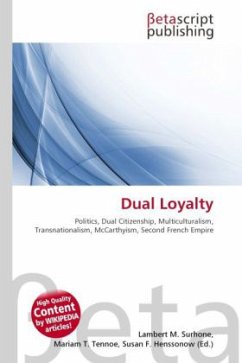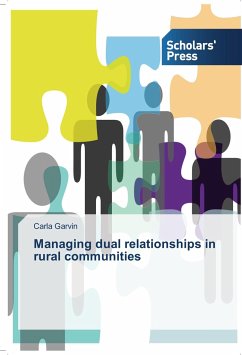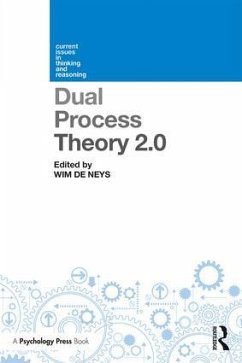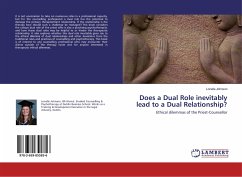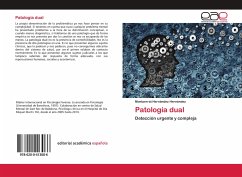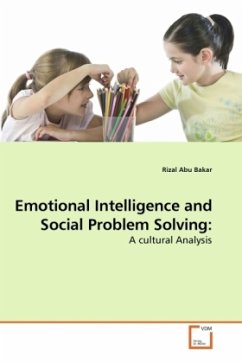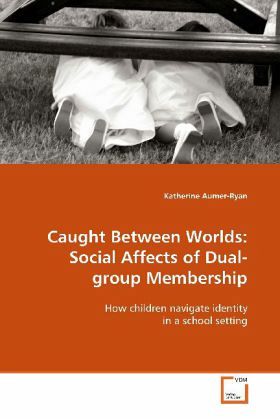
Caught Between Worlds: Social Affects of Dual-group Membership
How children navigate identity in a school setting
Versandkostenfrei!
Versandfertig in 6-10 Tagen
32,99 €
inkl. MwSt.

PAYBACK Punkte
16 °P sammeln!
Utilizing three different experimental settings in asmall mid-western elementary school, psychologistKatherine Aumer-Ryan was able to better understandhow children navigate their social world whenidentity issues arose. Children were assigned to twodifferent groups: red and blue. However, somechildren were assigned to be simultaneously part ofboth groups. How did these children come to termswith a conflicting social situation and their ownidentity concerns? Did these children have morefriends? Less friends? Were they more cognitivelyflexible than their single-identity peers? Did theother childr...
Utilizing three different experimental settings in a
small mid-western elementary school, psychologist
Katherine Aumer-Ryan was able to better understand
how children navigate their social world when
identity issues arose. Children were assigned to two
different groups: red and blue. However, some
children were assigned to be simultaneously part of
both groups. How did these children come to terms
with a conflicting social situation and their own
identity concerns? Did these children have more
friends? Less friends? Were they more cognitively
flexible than their single-identity peers? Did the
other children in the class accept or reject these
children? The research in this book contributes to
better understanding how children from multicultural
and/or multiracial backgrounds; who have
dual-identities are shaped by and shape the world
around them.
small mid-western elementary school, psychologist
Katherine Aumer-Ryan was able to better understand
how children navigate their social world when
identity issues arose. Children were assigned to two
different groups: red and blue. However, some
children were assigned to be simultaneously part of
both groups. How did these children come to terms
with a conflicting social situation and their own
identity concerns? Did these children have more
friends? Less friends? Were they more cognitively
flexible than their single-identity peers? Did the
other children in the class accept or reject these
children? The research in this book contributes to
better understanding how children from multicultural
and/or multiracial backgrounds; who have
dual-identities are shaped by and shape the world
around them.




